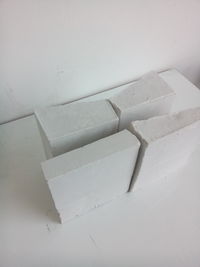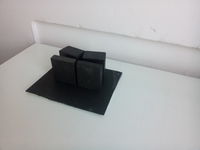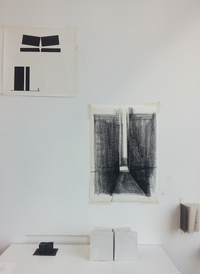Bauhaus SummerSchool
»SPATIAL POETRY« A PHENOMENOLOGICAL APPROACH
Angel-fair, Walhalla's charms displaying,
Fairer than all mortal youths was he;
Mild his look, as May-day sunbeams straying
Gently o'er the blue and glassy sea.
And his kisses!--what ecstatic feeling!
Like two flames that lovingly entwine,
Like the harp's soft tones together stealing
Into one sweet harmony divine,--
Soul and soul embraced, commingled, blended,
Lips and cheeks with trembling passion burned,
Heaven and earth, in pristine chaos ended,
Round the blissful lovers madly turn'd.
He is gone--and, ah! with bitter anguish
Vainly now I breathe my mournful sighs;
He is gone--in hopeless grief I languish
Earthly joys I ne'er again can prize!
Friedrich Schiller
Spatial Narratives – From Text to Space
"By weaving shapes, relations, proportions, and light, architecture can elevate new spatial experiences and phenomena, which is the theoretical foundation this course is built upon."
We had to choose one from various text passages from canonical German novels, interpret it, and carve out its inscribed spatial narratives and subtexts and transform all this into models.
The texts therefore served as vehicles, which allow us to translate textual atmospheres and phenomena into architectural space. The ability for abstraction became key in the overall process.
The structure of course was divided in technical input on building molds, as well as theoretical lectures in which we were also investigating on phenomenological approaches in architecture with examples and case studies.
Models and Drawings
In this context working with physical models has proved to be one of the most fundamental methods to produce, assess and refine space – especially in our increasingly digitalised world. A testing field for experimenting with space and the methods to evaluate it.
By intensively using large scale caster models and over-sized charcoal drawings, to meaningfully evaluate the models and carve out the relevance of shapes, relations, proportions and light. On the basis of handcrafted plaster models and charcoal drawings, students will learn to both experiment with spatial ideas and meaningfully use the architectural model in this process.



